Owls are enchanting creatures that captivate the imagination with their mysterious demeanor and striking appearance. With their large, expressive eyes, silent flight, and distinctive hoots, owls have been featured in folklore, literature, and pop culture for centuries. These nocturnal birds are not only fascinating but also offer a great subject for creative expression.
In this blog post, we present 10 delightful owl coloring pages that will engage kids in a fun and educational activity. Each page features a unique owl design that encourages children to explore their creativity. Alongside these coloring pages, we’ve included some intriguing facts about owls to enrich the coloring experience with knowledge.
Age Range: Who Can Enjoy These Coloring Pages?
Our selection of owl coloring pages caters to children across different developmental stages. Here’s a guide to who can benefit from these pages:
Toddlers (Ages 2-4)
For the youngest artists, we offer simple, bold outlines of owls that are easy to color. These pages help toddlers develop fine motor skills and familiarize themselves with basic shapes and features of owls.
Preschoolers (Ages 4-6)
Preschoolers will enjoy slightly more detailed owl illustrations that encourage them to use a variety of colors and practice coloring within the lines. These pages support the development of hand-eye coordination and creativity.
Early Elementary (Ages 6-8)
Children in early elementary school will find more intricate owl designs that challenge them to experiment with color patterns and techniques. These pages are ideal for enhancing concentration and attention to detail while providing a fun artistic outlet.
Older Kids (Ages 8-12)
Older kids will appreciate complex and detailed illustrations that offer opportunities for advanced coloring techniques such as shading and blending. These pages are designed to engage and stimulate older children, offering both a creative challenge and enjoyment.
Fun Facts About Owls
As your child colors these owl-themed pages, share these fascinating facts about owls to enhance their learning experience:
- Owls are nocturnal creatures. Most owls are active during the night and sleep during the day, making them well-adapted to hunting in low light conditions.
- Owls have exceptional hearing. Their large, forward-facing eyes and asymmetrical ear placement allow them to locate prey by sound with incredible accuracy.
- Owls can rotate their heads 270 degrees. Unlike humans, owls can turn their heads almost completely around, which helps them see in all directions without moving their bodies.
- There are over 200 species of owls. Owls come in various sizes and colors, ranging from the small elf owl to the large Eurasian eagle owl.
- Owls have silent flight. Their specialized wing feathers reduce noise, allowing them to fly quietly and stealthily as they hunt for prey.
- Owls have unique feathers. Their feathers are designed to help them glide silently through the air, with serrated edges that minimize sound.
- Owls eat a variety of prey. Depending on the species, owls may hunt insects, small mammals, birds, and even fish. They often regurgitate indigestible parts, such as bones and fur, in the form of pellets.
- Owls have large eyes. Their large eyes are adapted for low-light vision, allowing them to see well in dim conditions. Unlike most birds, owls cannot move their eyes within their sockets.
- Owls are found all over the world. Except for Antarctica, owls inhabit every continent, each species adapted to its specific environment and prey.
- Owls have a distinctive hoot. Different owl species have different calls, ranging from hoots to screeches. These calls serve various purposes, including marking territory and attracting mates.
- Owls play a role in ecosystems. As predators, owls help control populations of small mammals and insects, contributing to the balance of their ecosystems.
- Some owls are endangered. Habitat loss, pollution, and hunting have affected certain owl species, making conservation efforts important for their survival.
- Owls have been symbols in various cultures. In many cultures, owls are seen as symbols of wisdom, knowledge, and mystery, often appearing in folklore and mythology.
- Owls have excellent night vision. Their eyes contain a high number of rod cells, which are sensitive to low light, allowing them to see clearly at night.
- Owls are solitary birds. Most owls are solitary and only come together during mating season or to share a territory.
- Owls have powerful talons. Their sharp, strong talons are used to catch and kill prey, and their grip is strong enough to hold onto struggling animals.
- Owls have been studied extensively. Researchers study owls to learn about their unique adaptations, behavior, and role in ecosystems.
- The barn owl is one of the most widespread species. Found on every continent except Antarctica, the barn owl is known for its distinctive heart-shaped face and ghostly appearance.
- Owls have specialized feathers for hunting. Their facial discs help funnel sound to their ears, improving their ability to detect prey in the dark.
- Owls are often featured in literature and media. From Harry Potter’s Hedwig to the owl in Winnie the Pooh, owls have become beloved characters in stories and movies.
Owl Coloring Page 1 for Kids
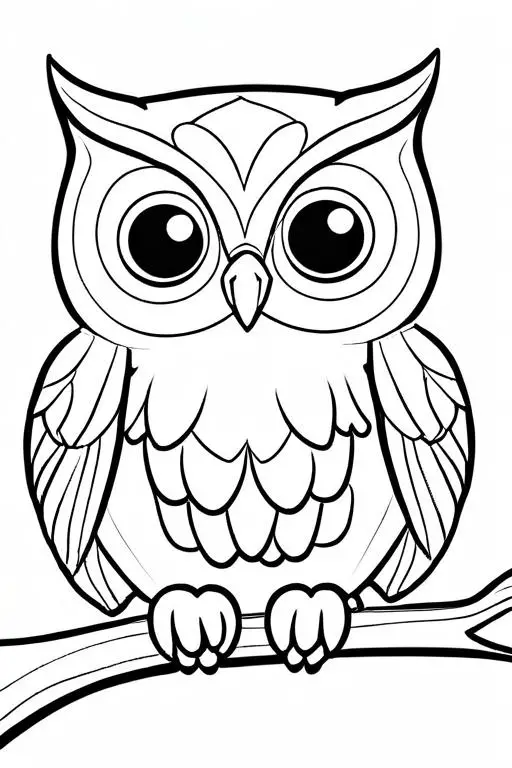
Owl Coloring Page 2 for Kids
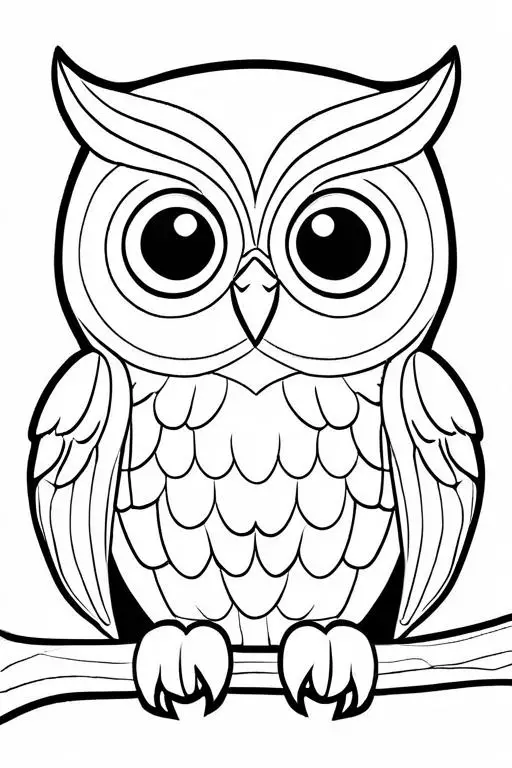
Owl Coloring Page 3 for Kids
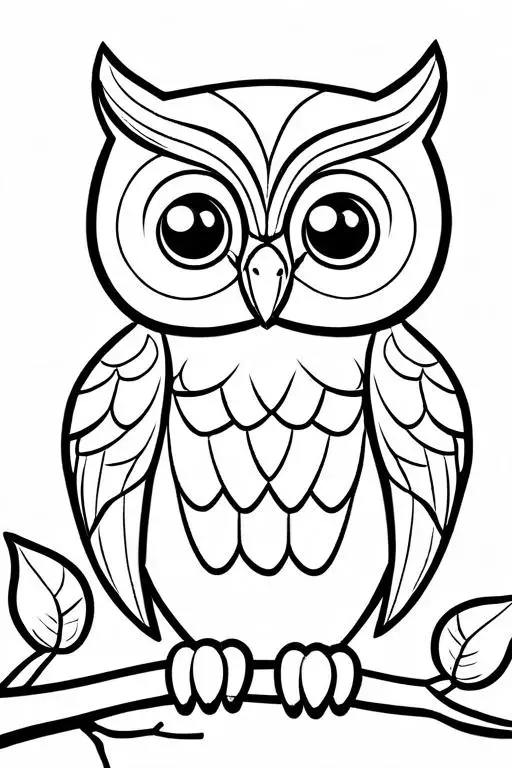
Owl Coloring Page 4 for Kids
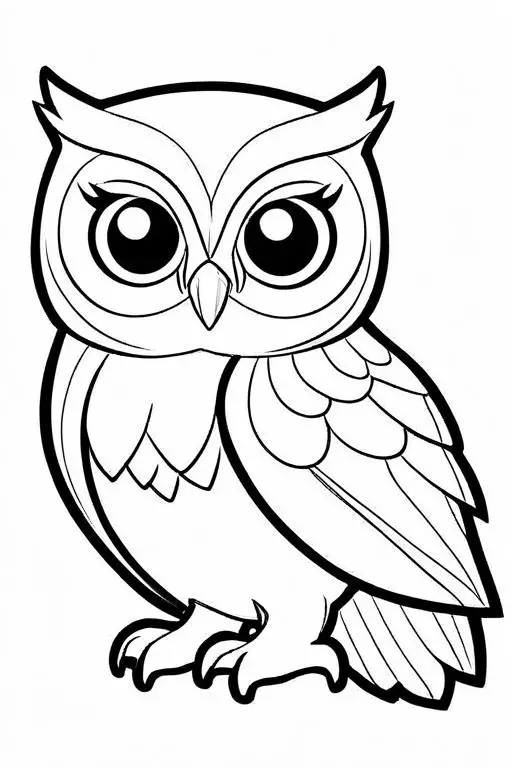
Owl Coloring Page 5 for Kids
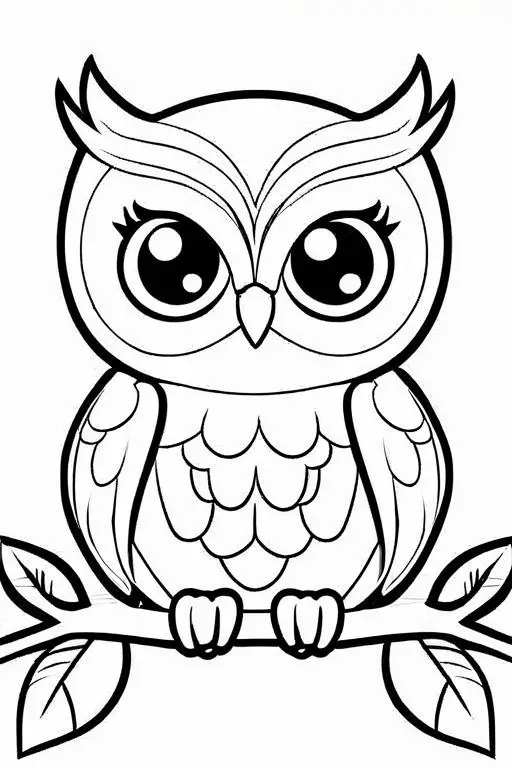
Owl Coloring Page 6 for Kids
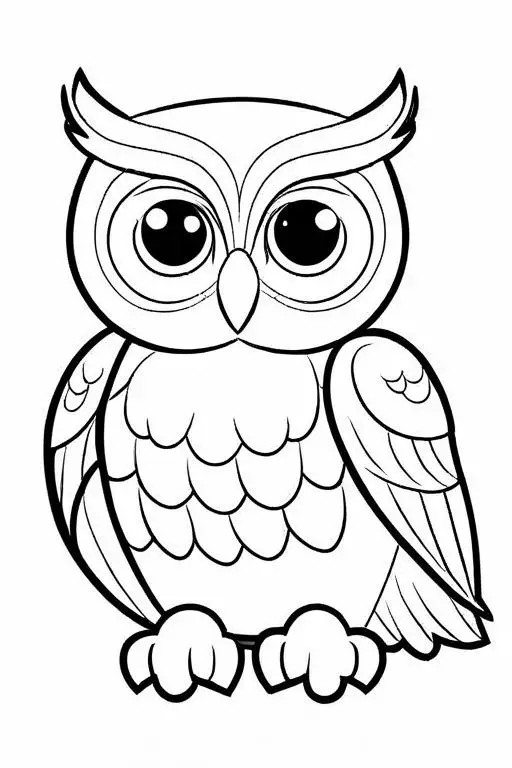
Owl Coloring Page 7 for Kids
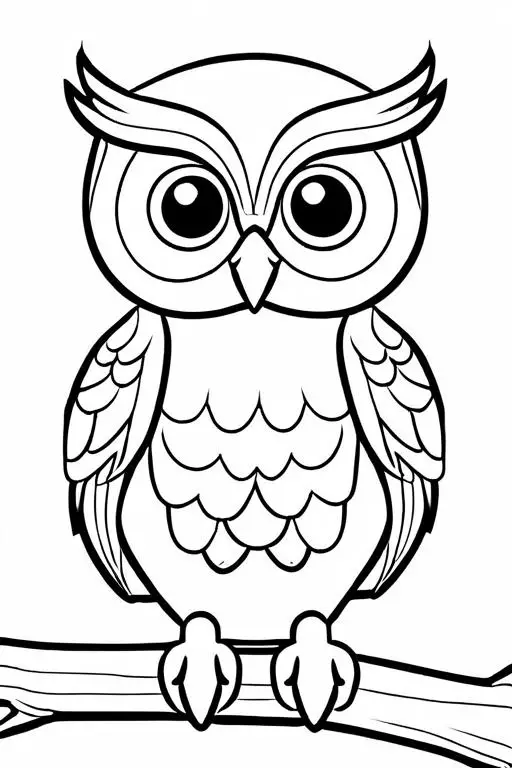
Owl Coloring Page 8 for Kids
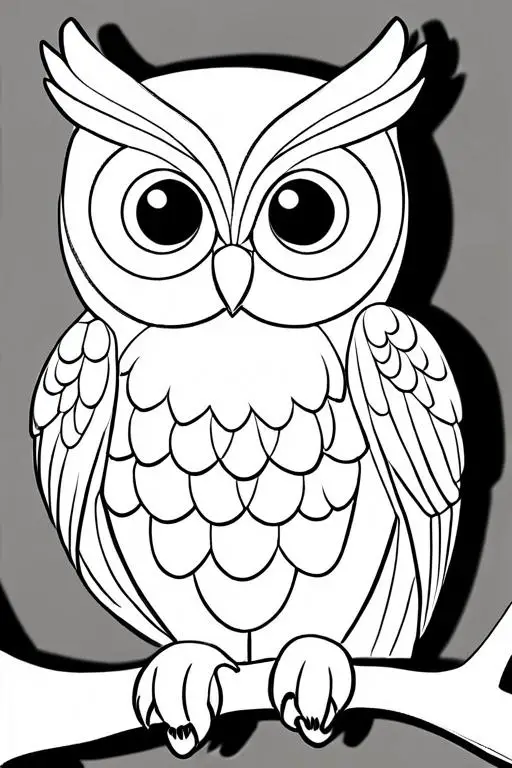
Owl Coloring Page 9 for Kids
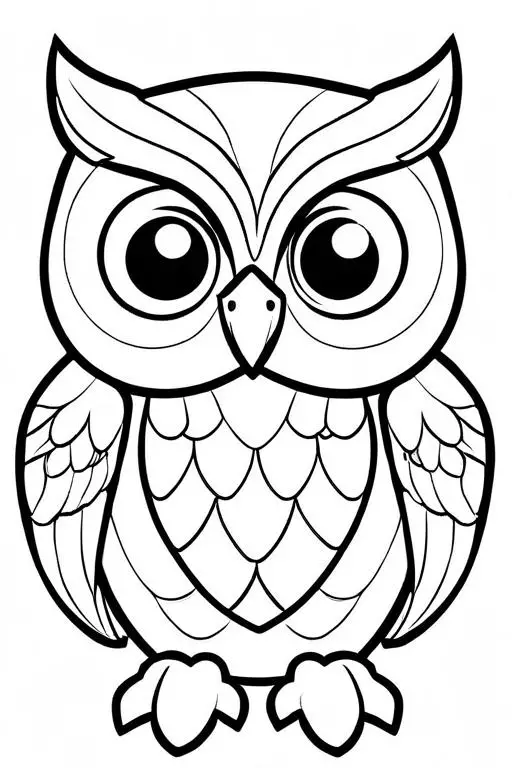
Owl Coloring Page 10 for Kids
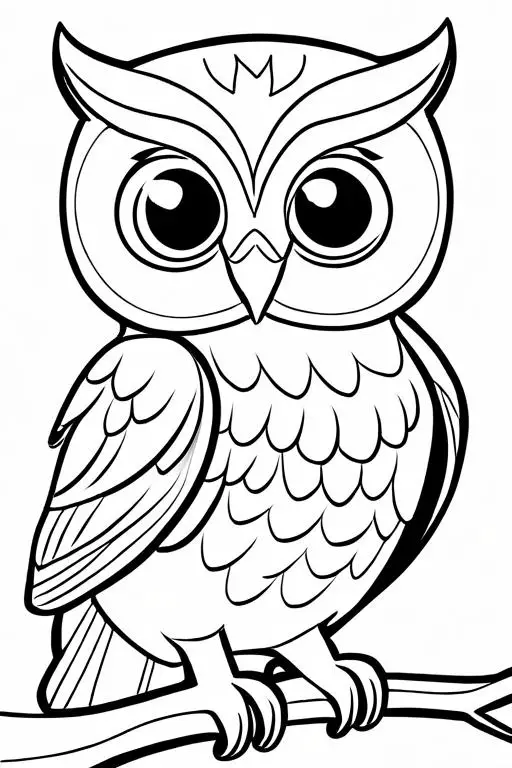
Conclusion
Owls are fascinating creatures that captivate the imagination with their unique characteristics and behaviors. These 10 owl-themed coloring pages provide children with a fun and creative way to explore their artistic talents while learning about these mysterious birds. Whether your child is just starting to enjoy coloring or is an experienced artist, these pages offer both a stimulating challenge and an educational opportunity.
So, gather some crayons, colored pencils, or markers, and let your child embark on a colorful journey with owls. As they color, they’ll not only enhance their artistic skills but also gain a deeper appreciation for one of nature’s most intriguing animals.


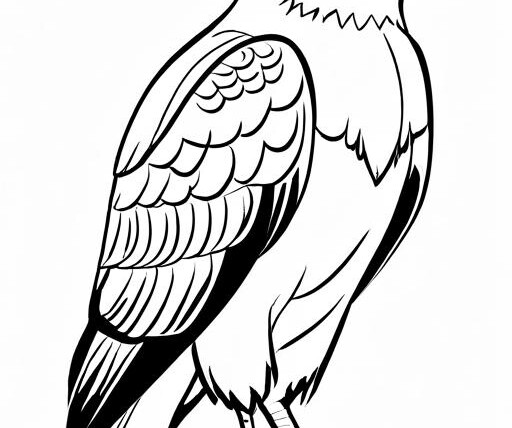
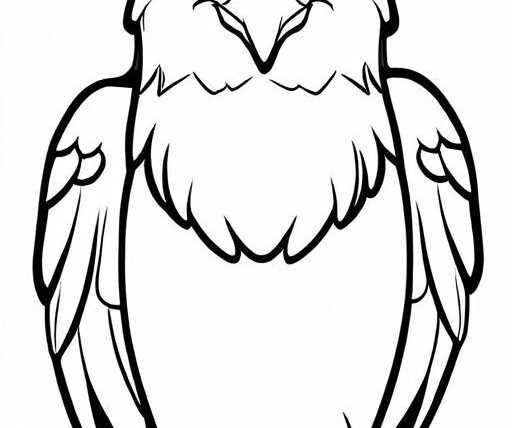
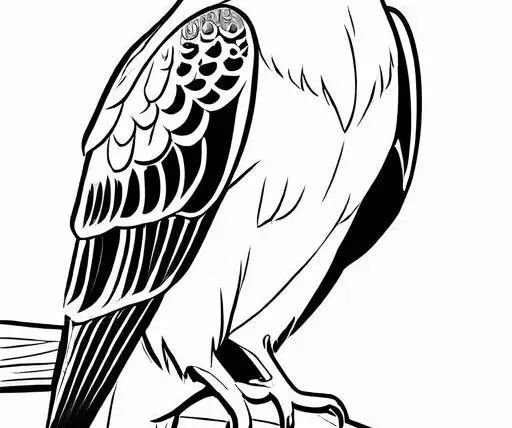
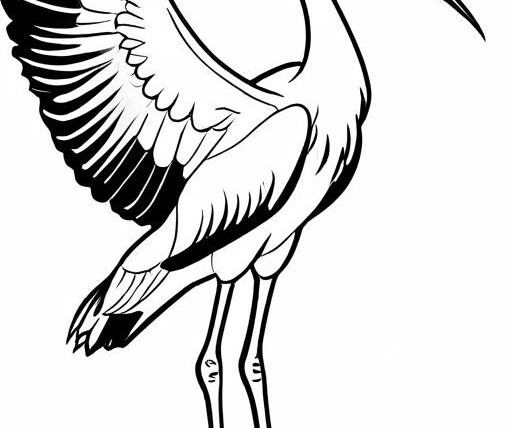
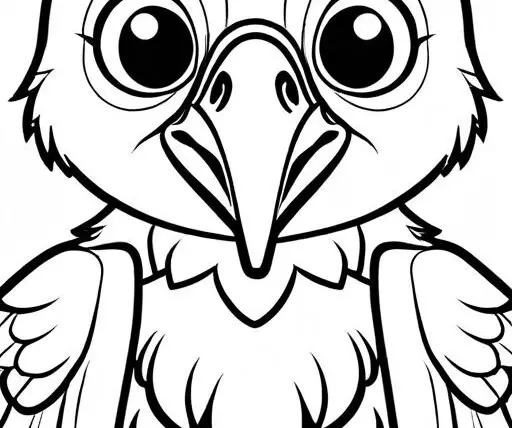
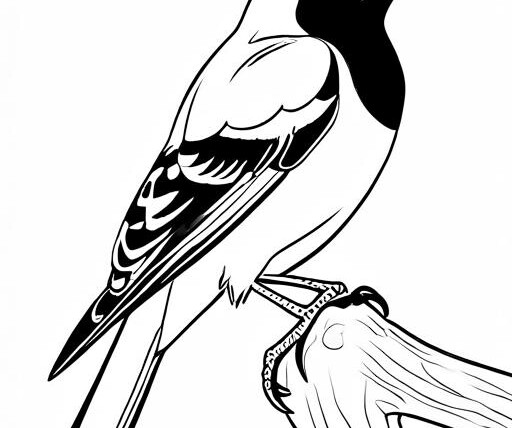
Maze Rampage Kids Activity Books: Unlock Fun and Learning for Toddlers and Preschoolers!
Engage Your Creative Mind with 2,500+ Free Adult Coloring Pages
100 Wasp Coloring Pages For Kids
48 Termite Coloring Pages For Kids